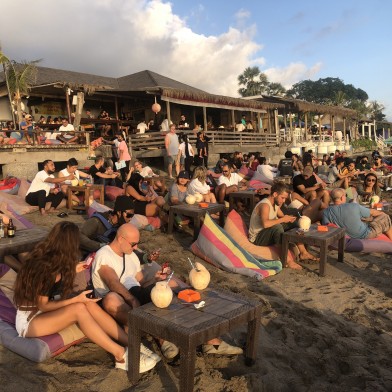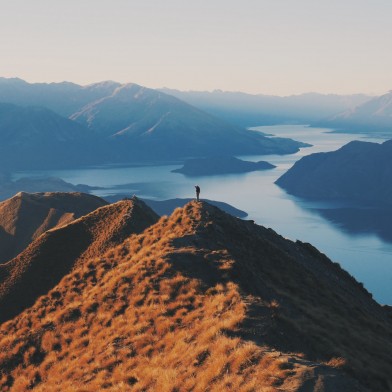The pandemic has wreaked havoc on the tourism industry globally. In Thailand, however, the disruption may have come with a silver lining, writes Craig Sauers.
In early 2020, Thailand found itself in unfamiliar circumstances.
A country accustomed to welcoming millions of tourists each month suddenly had none. Bars, restaurants, spas, markets and shopping malls shuttered. Bustling tourism destinations became ghost towns overnight.
In 2019, Thailand recorded 39.8 million tourist arrivals, its most ever in a year. Since then, those numbers have bottomed out: there were fewer than one million arrivals in 2021.
Now, however, entry restrictions have eased, tourists are trickling in and industry stakeholders from top to bottom are optimistic that recovery is on the horizon. But those who visit Thailand now are likely to find a different place than they might expect.
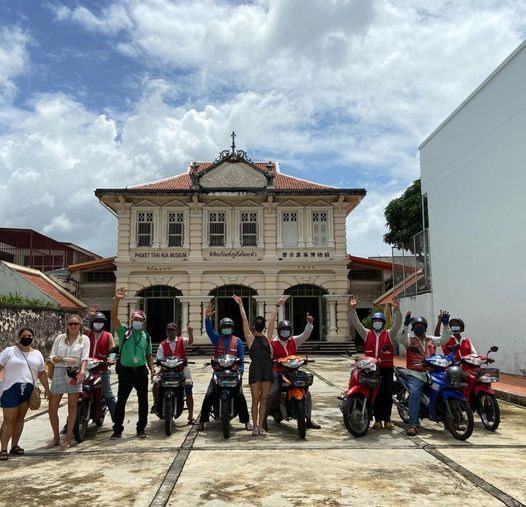
Seeing Phuket Old Town in style | Photo: Supplied
Navigating the rules and restrictions
As was the case in most countries, Thailand introduced several public health measures at the onset of the pandemic, the most restrictive of which were border closures. Today, most have been lifted, although the few that remain could hinder the Thailand experience for some.
For example, travellers still face entry requirements such as the Thailand Pass — a document that must be applied for before travelling — and must take RT-PCR tests the day of their arrival and a self-administered ATK test on day five of their stay; those who test positive but are asymptomatic are sent to quarantine in a so-called ‘hospitel’ for at least 10 days, whilst symptomatic travellers are sent to a hospital for the same length of time. Meanwhile, mask-wearing is mandatory in all public places, including parks, and restaurants can only serve alcohol until 11pm.
But, Tanes Petsuwan, deputy governor for international marketing (Asia and South Pacific) for the Tourism Authority of Thailand (TAT), says that most visitors have taken these restrictions in stride.

Tanes Petsuwan | Photo: Supplied
“Most people [realise] that these requirements are in place for the safety and confidence of both travellers and locals,” he says, adding that government agencies regularly study the need for and efficacy of the country’s restrictions. The situation, he explains, is evolving, and so are the rules.
Smaller numbers mean more intimate opportunities
Those restrictions have limited tourism in Thailand. But those who travel to the country now are discovering opportunities that never existed before.
“You’re invited to the sneak preview of one of the world’s great destinations. This is rock star parking at Club Thailand,” says Daniel Fraser, managing director of luxury travel company Smiling Albino.
“What this means is enjoying beaches with a fraction of the crowds, exploring lost paradise islands before anyone else, busy restaurants and beach clubs requiring no advance booking, night markets with mostly locals, quiet temples, iconic landmarks like the Grand Palace with a handful of people, and the list goes on,” adds Sidney Jhingran, an experience designer with Smiling Albino.
“Even provincial destinations like Chiang Mai in the north, Koh Samui in the south, or Udon Thani in the northeast are not as crowded as before,” echoes Tanes.
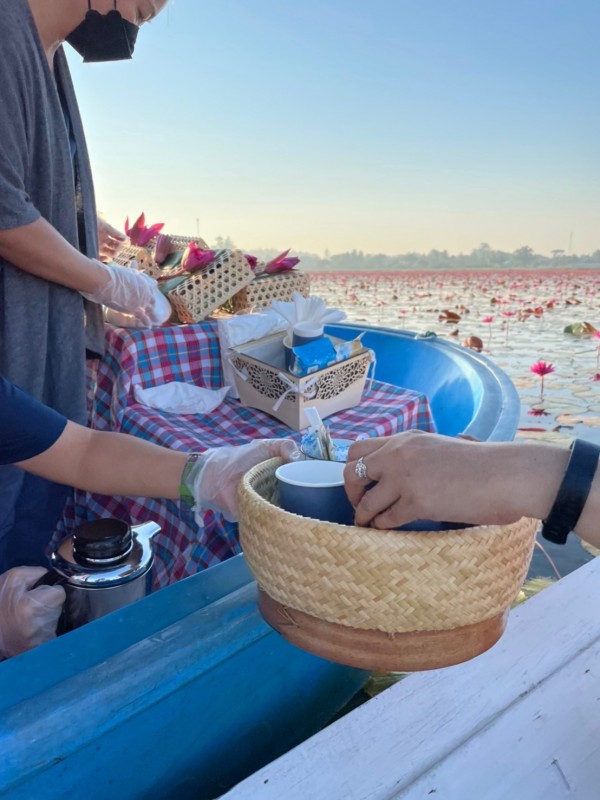
Red Lotus Lake in Udon Thani | Photo: Supplied
Of course, those perks have come at a cost. In destinations that have historically served the international market, such as Krabi or Phuket, many small businesses and hotels have closed for good. For a time, officials closed off access to national parks in northern Thailand, too.
Other popular landmarks have struggled to find their footing since borders re-opened. Recently, for example, Bangkok’s backpacker hub Khao San Road cancelled its Songkran activities after the Thai government banned water fights — a top draw for tourists celebrating the Thai new year.
Mother Nature is recovering
In some ways, the downtime has been beneficial. Over-visited places such as Maya Bay, the postcard-perfect island escape made famous in the movie The Beach, were able to recover. “We’ve seen mother turtles laying eggs, the coral has had time to revive, nature is greener and more beautiful,” says Tanes.
Tourism stakeholders have also had time to consider unhealthy past practices. According to Tanes, many Thai tourism operators have pivoted to sustainability.
“For example, some have stopped using single-use plastic, some source their produce locally and hire local workers, and some offer free cycling or walking tours to their guests,” he says.
Now, TAT is basing its marketing campaigns around Thailand’s strengths in biological diversity and cultural richness, he adds, part of a long-term strategy that seeks to attract tourists who “stay longer and engage with local communities to experience [their way of] life.”
Righting past wrongs
“In scramble for a tourism restart these last two years, I think we have sometimes forgotten the immense issues we were facing with mass tourism before Covid-19. There were even anti-tourism rallies in places like Venice and Lisbon, cities being literally choked by tourism. Thailand was experiencing these sorts of issues as well,” explains Sidney.
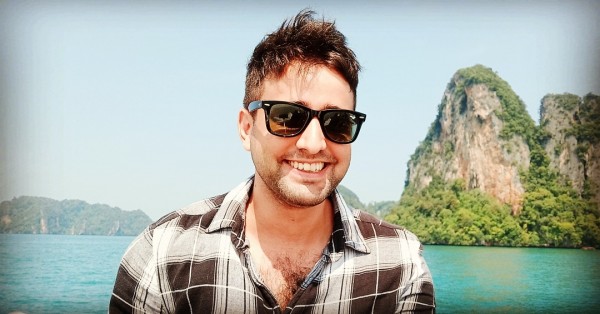
Sidney Jhingran, experience designer with Smiling Albino/ photo supplied
“Pre-Covid, Thailand’s international tourism sector was very concentrated on a handful of destinations and the post-Covid rebuild gives us a chance to re-calibrate these formulas.”
He cites destinations in the northeast — Isaan — like Three Whale Rock and Wat Phu Tok in Bueng Khan province as rich with potential. Long overlooked by international visitors, they can be highlights of “a longer trip to the region that includes Mekong vistas, heritage towns and lots of local immersion.”
Even Phuket, he says, has more to offer under its glitzy surface: nature hikes, heritage, a thriving arts scene, excellent cuisine and more.
“When Phuket became the poster child for Thailand’s re-opening, we all started digging deeper, and it didn’t take long to strike onto something more nuanced and wonderful,” he says.
Although Thailand’s tourism industry was rocked by the pandemic, the disruption could prove to have been a blessing in disguise. For travellers coming to Thailand now, whole new experiences await.
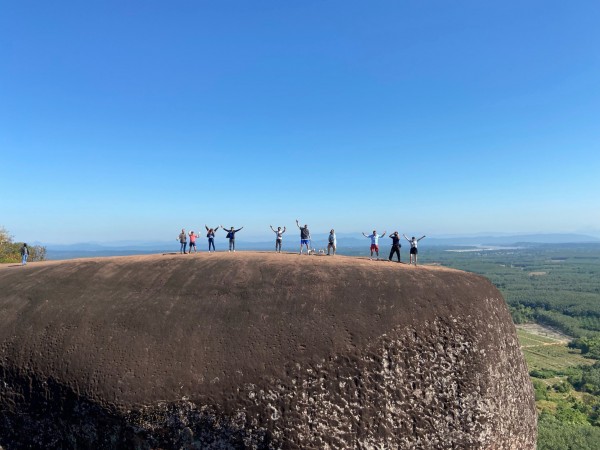
Hin Sam Wan, which translates to Three Whale Rock | Photo: Supplied
Know Before You Go
Currently, travellers can visit Thailand via three programmes: Thailand Sandbox, Test & Go and Alternative Quarantine.
The Thailand Sandbox scheme allows travellers who have received two shots of an approved vaccine or recently recovered from Covid-19 to enter via air, sea or land. Travellers must apply for and receive a Thailand Pass before departure, have an insurance policy with a coverage of no less than US$20,000, show proof of payment for five nights of accommodation in a government-approved hotel and show proof of Covid-19 vaccination or recent recovery, among other requirements.
All travellers must also take a RT-PCR test on arrival and a self-administered ATK test on day five of their stay. After five days, travellers may go anywhere they wish in Thailand.
There are 17 participating destinations, including Krabi, Koh Samui, Phuket and Pattaya; however, Bangkok is not one of them.
The rules for the Test & Go scheme are similar, except travellers are not limited to Sandbox destinations — meaning, they can fly into airports in Bangkok, Chiang Mai and other cities — and only one night of accommodation must be booked and paid for in advance.
Alternative Quarantine allows all travellers, no matter their vaccination status, to enter Thailand. This option requires a five-night quarantine in a government-approved hotel, proof of insurance and a RT-PCR test on day five of their stay.
Thailand’s entry requirements are regularly discussed by government authorities and likely to be updated soon. For the latest information visit the Tourism Authority of Thailand website.
- Asia Media Centre
